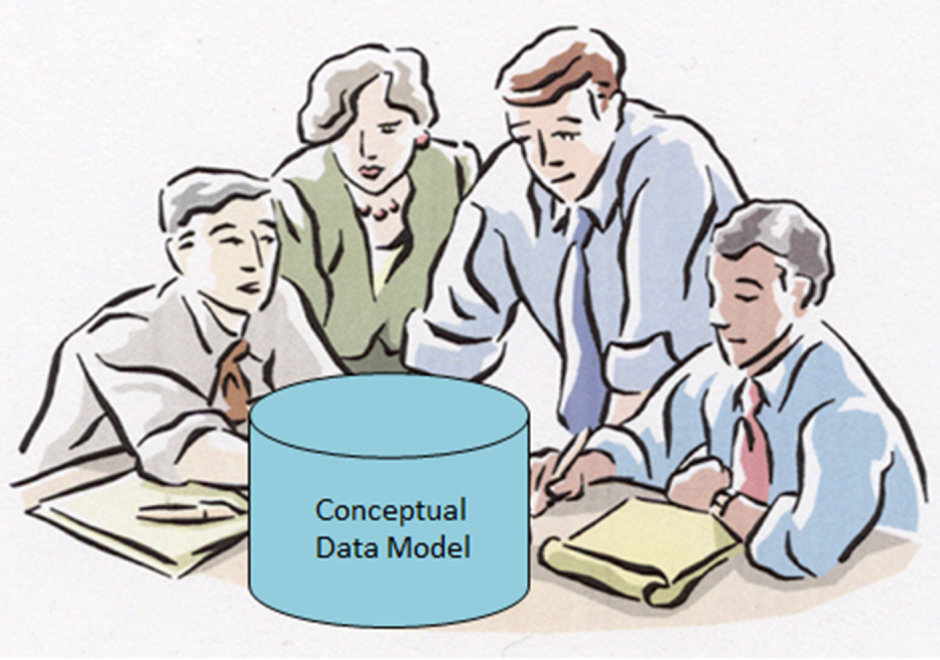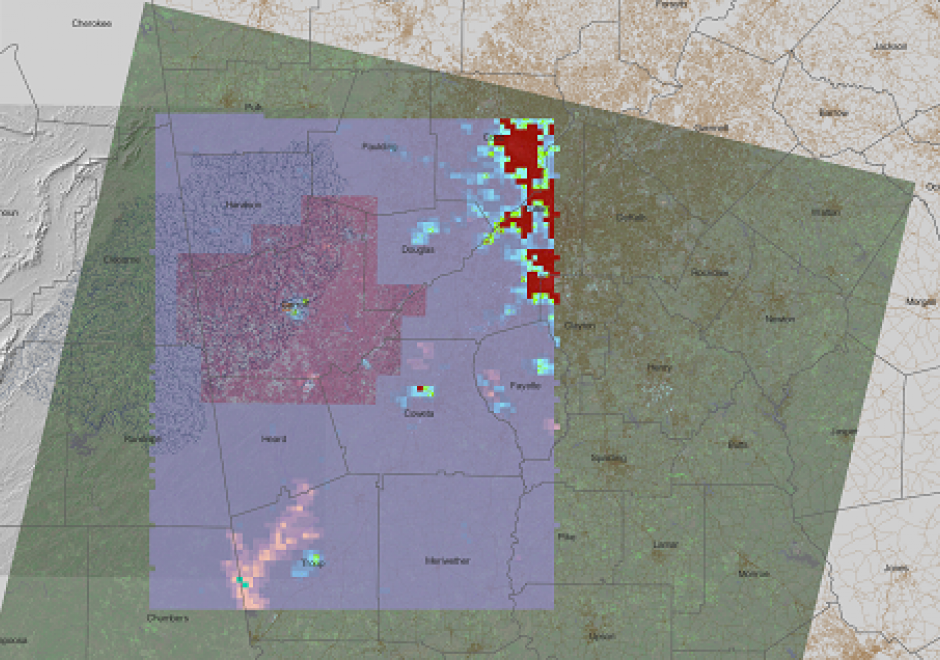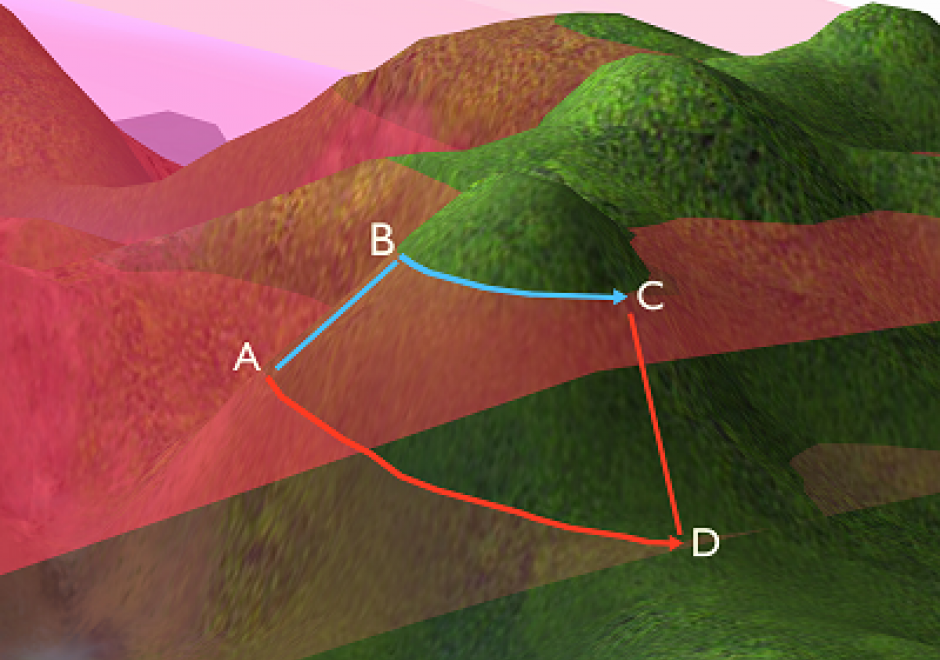DM-14 - Classic vector data models

- Illustrate the GBF/DIME data model
- Describe a Freeman-Huffman chain code
- Describe the relationship of Freeman-Huffman chain codes to the raster model
- Discuss the impact of early prototype data models (e.g., POLYVRT and GBF/DIME) on contemporary vector formats
- Describe the relationship between the GBF/DIME and TIGER structures, the rationale for their design, and their intended primary uses, paying particular attention to the role of graph theory in establishing the difference between GBF/DIME and TIGER files
- Discuss the advantages and disadvantages of POLYVRT
- Explain what makes POLYVRT a hierarchical vector data model






DM-81 - Array Databases
Array Databases are a class of No-SQL databases that store, manage, and analyze data whose natural structures are arrays. With the growth of large volumes of spatial data (i.e., satellite imagery) there is a pressing need to have new ways to store and manipulate array data. Currently, there are several databases and platforms that have extended their initial architectures to support for multidimensional arrays. However, extending a platform to support a multidimensional array comes at a performance cost, when compared to Array Databases who specialize in the storage, retrieval, and processing of n-dimensional data.